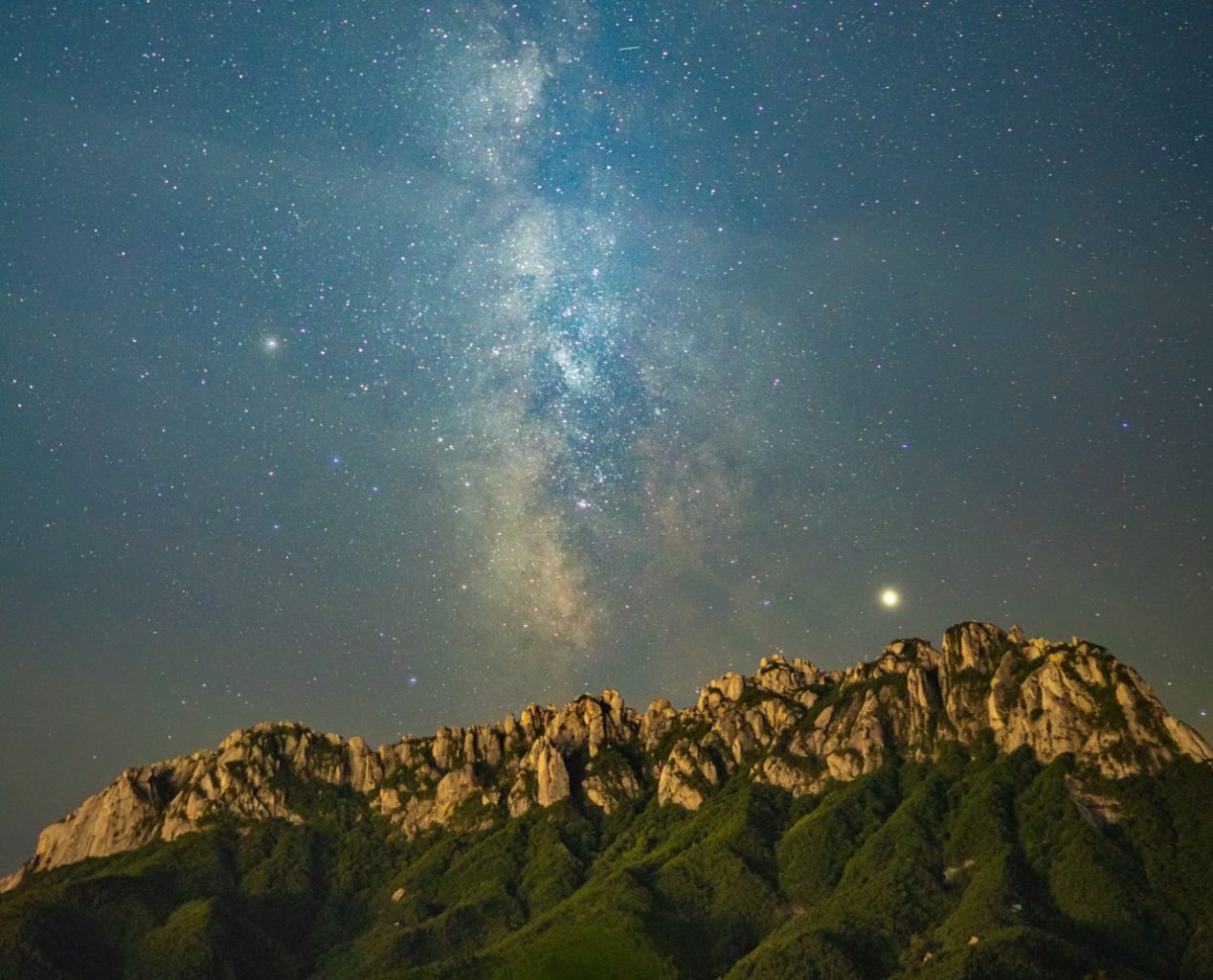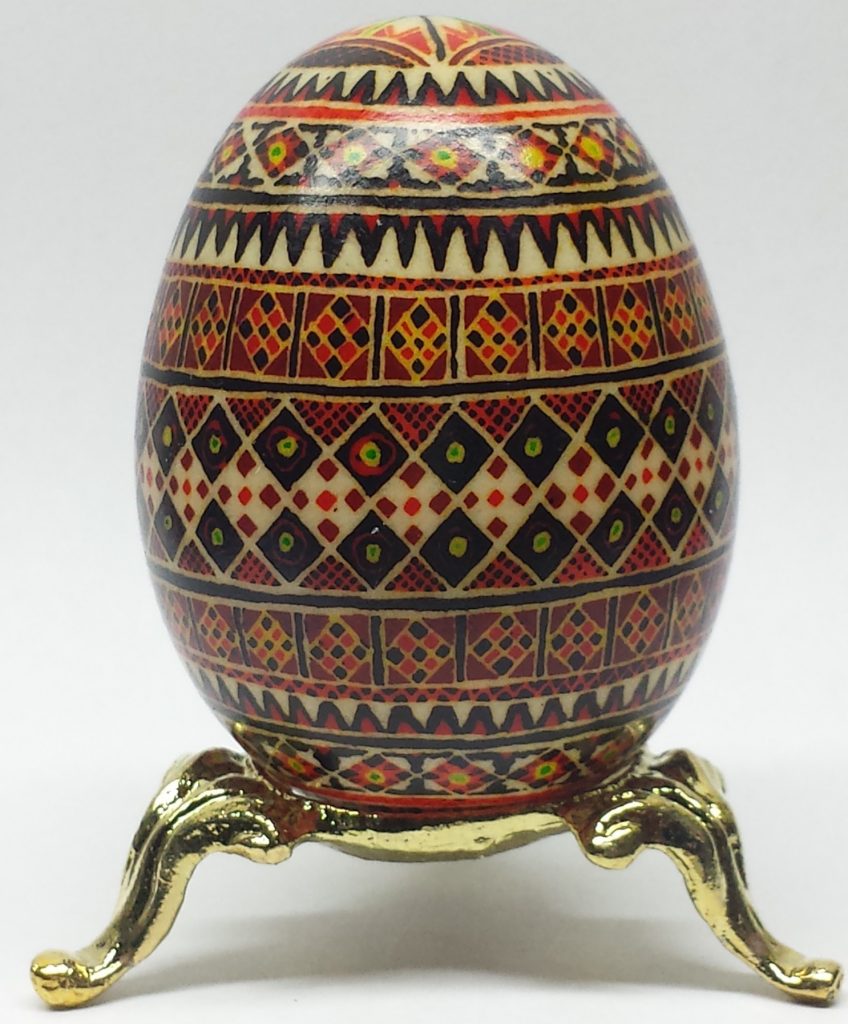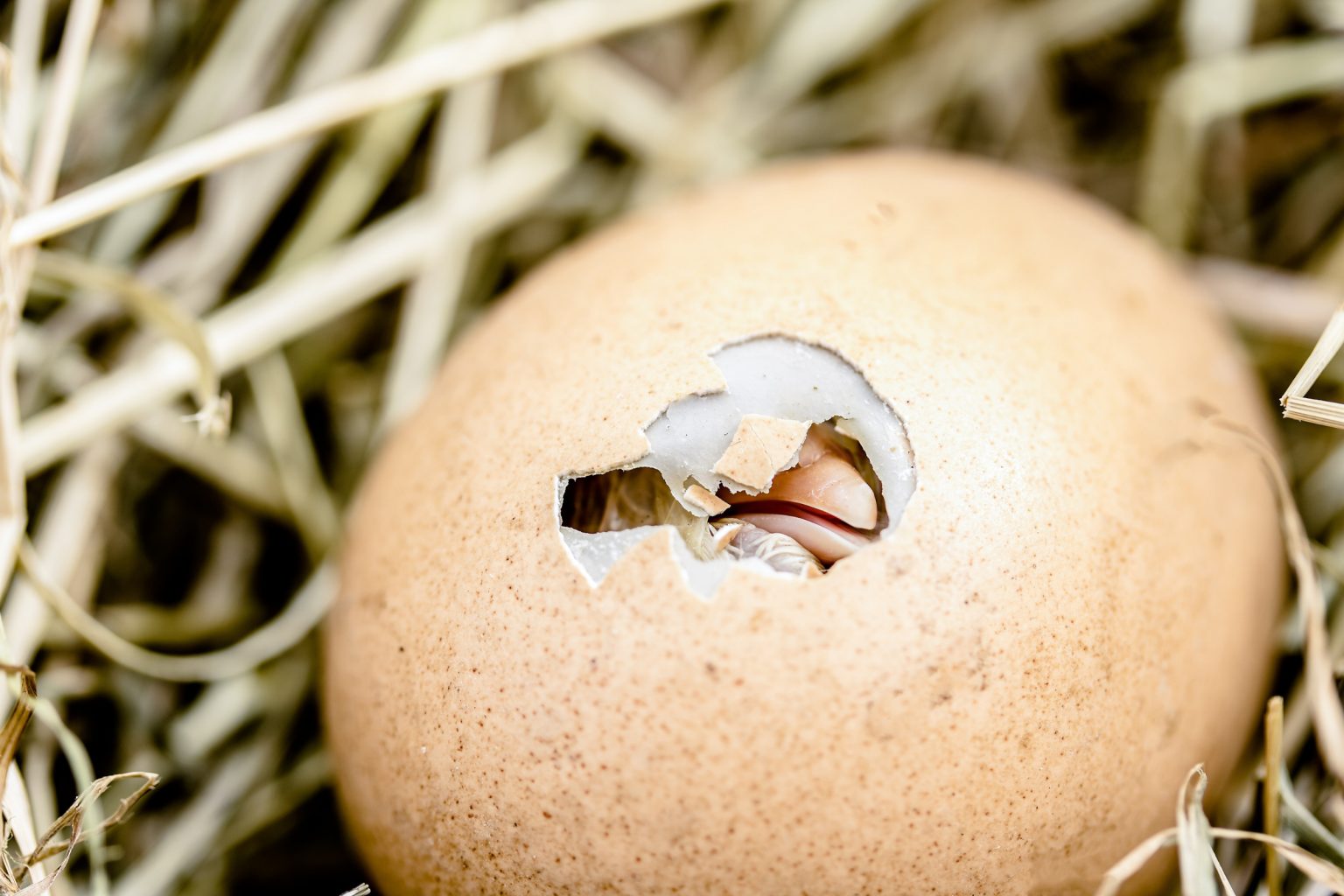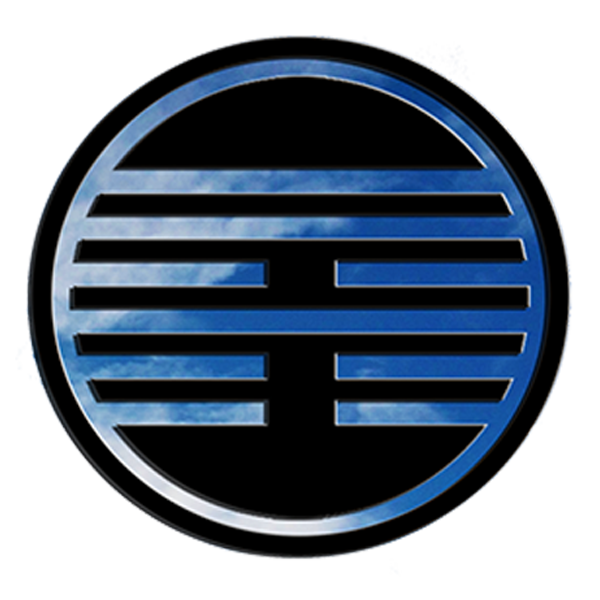
Spring Equinox – the magical transitional period when day and night are equal for a time – brings renewal, fertility, balance and rebirth. As spring is officially welcomed to the Northern Hemisphere, autumn begins in the Southern Hemisphere. The change in light and temperature triggers the instincts of birds, animals, insects and plants to procreation or hibernation.
Reading about the spring equinox, there are many references to the egg as a symbol, highlighting the promise and potential found in this season. It is interesting to see just how prevalent the egg is in creations stories, rituals, traditions and myths from cultures scattered across time and all around the globe.

A few brief outlines of some stories:
The goddess Astarte of the ancient Babylonians was said to emerge from an egg. It was said that the fish in the Euphrates River pushed the egg up onto the shore where doves settled and sat on it until Astarte was born.
The Chinese creation myth tells of Pan-Ku, who is said to have slept within an egg for 18,000 years until he grew into a giant. When he hatched, the white of the egg (Yin) separated to rise up to become the sky and the yolk (Yang) descended to become the earth. Pan-Ku spent another 18,000 years keeping the two elements apart until they were finally separated and then he died. The world is said to have grown from what was left of him.
Hindu mythology holds the story of a seed in primordial waters. The seed transformed into a golden egg on which the god Braham meditated for one year until the sky and earth broke forth from it.

The egg symbolism is also more specific to the celebrations of Spring:
The first documentation of eggs decorated in connection to Spring celebrations were found in descriptions of the Egyptian national festival, Sham Ennessim, which marks the beginning of Spring and originated from the ancient Egyptian Shemu festival. Decorating, displaying and eating eggs were also part of the ancient Persian and Turkic Spring Equinox celebration of Nowruz.

In Slavic mythology one variation of the myth tells of the worship of the sun god Dazhbog. Birds were his chosen creatures because they were the only beings that could come near him in the heavens. Their eggs were honored during Spring festivals as magical objects and the source of life. The Slavic cultures’ tradition of decorating eggs during Spring using various techniques such as batik (wax-resist) dyeing, applique, scratch-work, wax encaustic and carving.
Pysanky (image above) originating with the ancient Ukrainian people, are likely the most well-known of the Slavic decorated eggs. While they were first associated with the worship of the sun god, the early Christians also saw them as symbolic of the rebirth of man. In modern times Pysanky eggs play a key role among Orthodox Christians as talismans of resurrection and rebirth.

The Anglo-Saxon goddess Eostre (Ostara) is celebrated particularly in connection with the Spring Equinox because, according to myth, she nursed a small bird which had been injured. Because it could no longer fly, she transformed the bird into a hare so that it could use the swiftness of its legs to survive. In appreciation for this rebirth, the hare gave the goddess some of its multicolored eggs.
Both the egg and the hare (or rabbit) have continued in many societies as symbols of the fresh, joyful impulses of spring. In the modern times the symbolism has morphed to celebrations which include decorated or candy eggs and bunnies.
Each year, old folklore tales come to life as people take up the challenge of balancing an egg vertically on specific days, although the scientific community remains entirely unconvinced of the validity. The traditional Chinese practice of standing eggs on their ends so they can be balanced was said to be possible only on the Lunar New Year in China, the Dragon Boat Festival in Taiwan and the Spring Equinox in North America.

What the scientific community has found is that eggshells are mostly made up of calcium carbonate crystals, which they nicknamed “nature’s ceramic”, not unlike the material our bones are made of. They have a semi-permeable membrane through which air and moisture can pass so life can be sustained, but also a very thin coating called the “bloom or cuticle” which keeps out bacteria and dust.
There is a perception of fragility to the egg, most especially those tiny eggs the songbirds brood over so carefully. But there is also a strength which is to found in the dome shape of the egg. Weight placed on the dome is distributed evenly throughout the eggshell. Replicated by builders, it is among the strongest of architectural forms.

Perhaps this equinox would be a good opportunity to think a little about the miracle of eggs? As an incubator, they enclose and protect the nascent life which emerges from it. In its strength, fragility and promise, the egg could be universally symbolic of our world. No wonder it is has a prominent place in the celebration of spring. Rebirth and rejuvenation in the cycle of life is reflected by its very shape, with neither beginning nor end.
